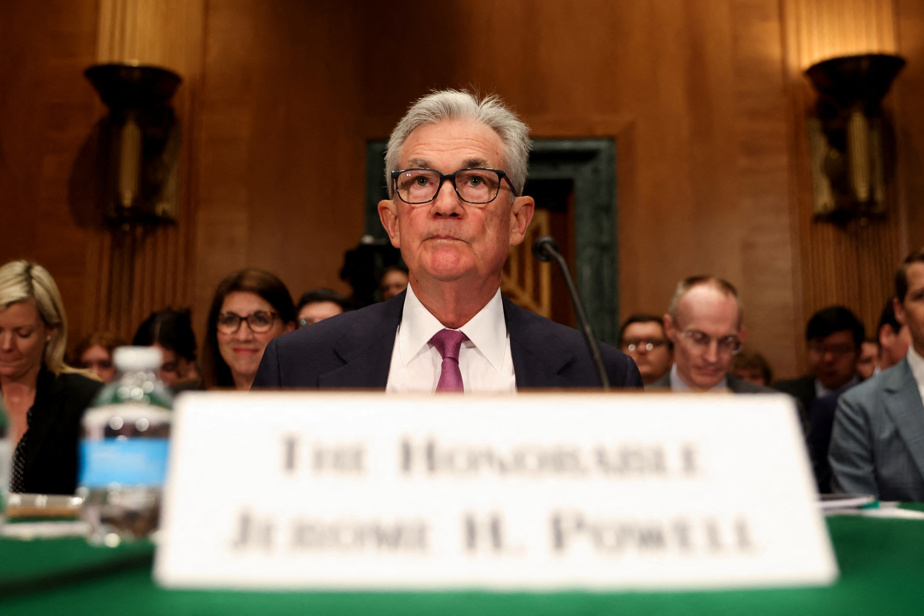(Washington) The president of the American central bank (Fed), Jerome Powell, on Thursday raised the possibility of raising rates twice more by the end of the year, while a governor mentioned the need for to have “additional raises”, after a pause.
“A strong majority (of Fed officials) believe it will again be appropriate, assuming the economy behaves as expected, (to raise rates) twice before the end of this year,” Ms. .Powell before a Senate committee. He had already been questioned on Wednesday by elected members of the House of Representatives.
“We are committed to getting inflation under control and a strong majority of the monetary committee believe we are close to doing so, but we still need to raise rates a bit,” he said.
Like the day before, however, he felt that these additional increases will have to be done at a slower pace than before.
A governor of the institution, Michelle Bowman, for her part judged “that additional rate hikes will be necessary to bring inflation back to our objective” of 2%.
At a conference hosted by the Fed’s Cleveland regional office, she said she “supported” the Fed’s June 14 decision to leave rates in their 5.00-5.25% range, pausing for the first time since March 2022, after 10 straight increases.
“While monetary policy tightening has had some effect on economic activity and inflation to date, we have seen core inflation (excluding food and energy) stagnate since the fall of 2022,” noted the governor.
“I expect we will need to raise the rate further in order to achieve a tight enough monetary policy stance to bring inflation down significantly and sustainably,” she added.
Ms. Bowman, however, did not specify how far she thinks it is necessary to raise the policy rate.
The next Fed meeting will be July 25-26.
Mr. Powell also spoke about the evolution of banking regulation, which is accelerating after the crisis that has shaken the sector since the fall of Silicon Valley Bank in early March.
And in particular the capital requirements of banks, that is to say the liquidity that the bank must have at all times to face risks and unforeseen events, which could be increased.
“None of this should affect” the smaller banks, the Fed Chairman assured.
The American banking landscape is made up, alongside the large establishments, of a multitude of small local or regional banks, the local banks.
“Basel III”, a wide range of international banking sector reforms, was initiated after the financial crisis of 2008-2009 in order to strengthen the soundness of banks. Many steps have been taken, but some reforms still need to be finalized, especially in the United States.
